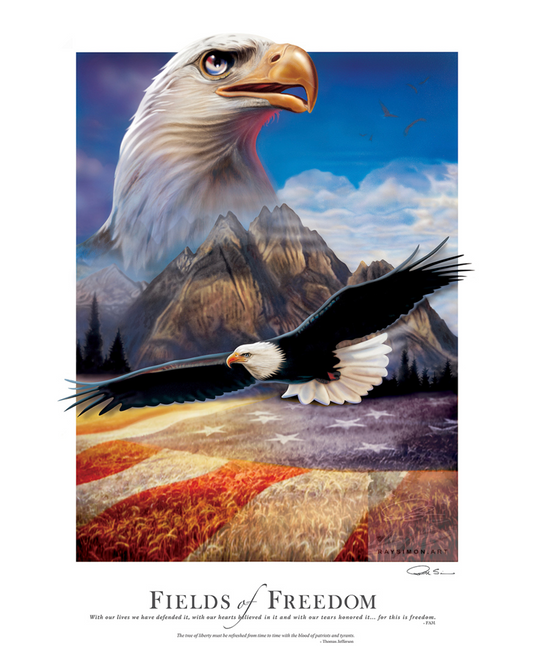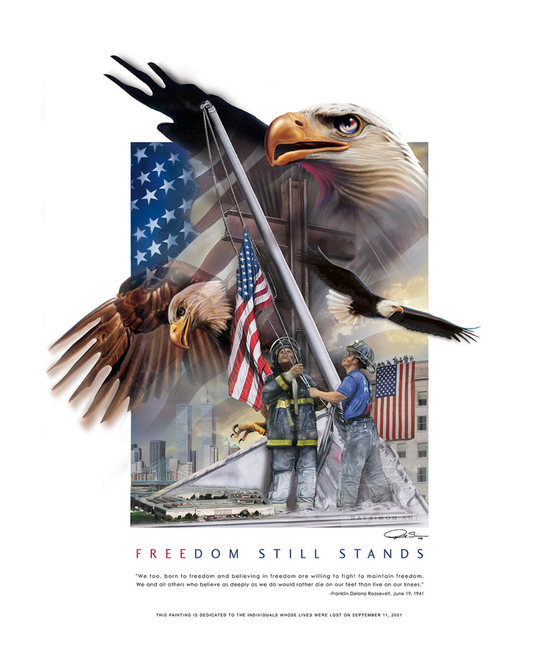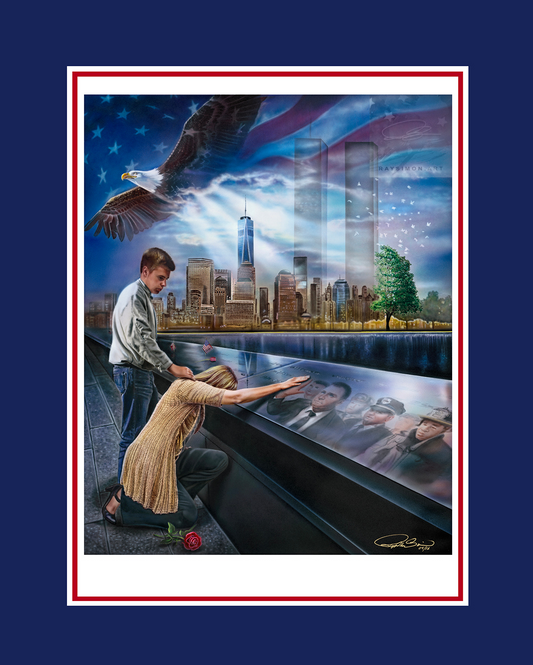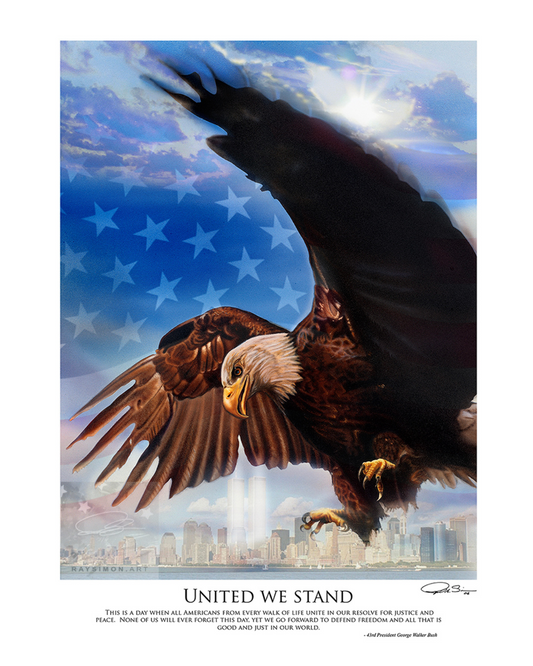From Renaissance to Modern: The Evolution of Jesus Depictions in Paintings
Throughout history, artists have sought to depict the figure of Jesus Christ, evolving their representations to reflect the cultural and artistic movements of their time. From the Renaissance to the modern era, the depictions of Jesus in paintings have undergone profound transformations that not only highlight the changing artistic styles but also mirror the shifting perceptions of religion, spirituality, and identity. This article examines the evolution of Jesus depictions in paintings, exploring how artists from different periods and regions have depicted the central figure of Christianity.
During the Renaissance, artists such as Leonardo da Vinci and Michelangelo infused their renditions of Jesus with a sense of idealized beauty and classical harmony. In contrast, the Baroque period saw a more emotional and dynamic portrayal of Jesus, reflecting the religious fervor of the time. The aesthetically minimalist depictions of Jesus during modern art movements such as Cubism and Expressionism challenged traditional representations, deliberately departing from realism in favor of conveying the essence and emotion of the divine figure.
By tracing the artistic journey from Renaissance to modern times, we can gain a deeper understanding of both the artistic techniques employed and the cultural forces that shaped these iconic representations of Jesus in paintings.
Early Renaissance: The Beginnings of Realistic Portrayals

During the Early Renaissance, artists began to shift away from the stylized representations of the Middle Ages and sought to create more realistic portrayals of Jesus. One of the earliest examples of this shift can be seen in Giotto di Bondone's frescoes in the Scrovegni Chapel in Padua, Italy. Giotto's depiction of Jesus shows a greater emphasis on anatomical accuracy and three-dimensionality, bringing a sense of humanity to the figure.
In the paintings of early Renaissance artists such as Masaccio and Fra Angelico, Jesus is often depicted with a serene expression, reflecting the spiritual ideals of the time. These artists aimed to capture the essence of divinity through their meticulous attention to detail and use of light and shadow. These early Renaissance depictions set the foundation for the future evolution of Jesus depictions in paintings.
High Renaissance: The Iconic Images of Jesus by Famous Artists

The High Renaissance marked a period of great artistic achievement, and artists such as Leonardo da Vinci and Michelangelo created some of the most iconic images of Jesus in art history. Leonardo's "The Last Supper" and "The Virgin of the Rocks" showcase his mastery of composition and his ability to convey emotion through subtle facial expressions.
Michelangelo's fresco on the ceiling of the Sistine Chapel, "The Creation of Adam," includes a depiction of Jesus surrounded by angels. The figure of Jesus in this painting is powerful and commanding, showcasing Michelangelo's skill in capturing the divine presence. The High Renaissance period saw artists pushing the boundaries of technical skill and creating images of Jesus that have become synonymous with the idealized beauty and grace of the figure.
Mannerism and Baroque: Dramatic and Emotional Representations
As the Renaissance gave way to the Mannerist and Baroque periods, the depictions of Jesus became more dramatic and emotionally charged. Artists such as El Greco and Caravaggio embraced the theatricality of the Baroque style, using strong contrasts of light and shadow to create a sense of drama and intensity.
El Greco's elongated and distorted figures in paintings such as "The Burial of the Count of Orgaz" evoke a sense of spiritual ecstasy and transcendence. Caravaggio's use of chiaroscuro in his paintings, such as "The Calling of Saint Matthew," creates a sense of realism and immediacy, drawing the viewer into the scene.
During the Mannerist and Baroque periods, the depictions of Jesus became more dynamic, reflecting the religious fervor and emotional intensity of the time. These paintings aimed to elicit a strong emotional response from the viewer and convey the power and sacrifice of Jesus.
Neoclassicism: A Return to Classical Ideals
In the 18th century, the Neoclassical movement emerged as a reaction against the excesses of the Baroque period. Artists such as Jacques-Louis David sought to return to the classical ideals of ancient Greece and Rome. In their depictions of Jesus, Neoclassical artists aimed for simplicity and balance, drawing inspiration from classical sculptures.
Jean-Baptiste Regnault's painting "The Resurrection of Christ" exemplifies the Neoclassical style, with its clean lines, idealized figures, and calm composition. These paintings reflected a desire to strip away the embellishments of previous eras and focus on the timeless beauty and moral ideals associated with Jesus.
Romanticism: Emphasizing the Human Side of Jesus
In the 19th century, the Romantic movement emerged, emphasizing emotion, individuality, and an appreciation for nature. Romantic artists sought to depict the human side of Jesus, emphasizing his compassion, suffering, and connection to humanity.
Eugène Delacroix's painting "Christ on the Sea of Galilee" portrays Jesus and his disciples caught in a storm, highlighting the vulnerability and humanity of Jesus amidst the chaos of nature. William Blake's mystical and visionary paintings, such as "The Ancient of Days," explore the spiritual and metaphysical aspects of Jesus' existence.
During the Romantic period, artists moved away from the idealized and distant depictions of Jesus seen in previous eras, instead focusing on his humanity and the emotional impact of his teachings and sacrifice.
Realism and Impressionism: Capturing Everyday Life and Emotions
In the late 19th and early 20th centuries, the art world underwent significant changes with the rise of Realism and Impressionism. Realist artists such as Gustave Courbet and Jean-François Millet sought to depict everyday life and the struggles of the working class. In their depictions of Jesus, these artists aimed to portray him as a figure of empathy and solidarity with the oppressed.
Impressionist painters such as Claude Monet and Pierre-Auguste Renoir focused on capturing the fleeting moments of everyday life through the use of light and color. In their depictions of Jesus, Impressionist artists aimed to convey a sense of spirituality and serenity through their innovative use of brushwork and color.
The Realist and Impressionist movements challenged traditional religious iconography, presenting Jesus as a figure who could be found in the ordinary and mundane aspects of life. These depictions reflected a changing societal landscape and a desire to connect with Jesus on a more personal and relatable level.
Symbolism and Expressionism: Abstract and Subjective Interpretations
In the late 19th and early 20th centuries, Symbolism and Expressionism emerged as movements that sought to convey subjective emotions and inner experiences. Symbolist artists such as Gustave Moreau and Odilon Redon used symbols and allegory to explore spiritual and mystical themes, often depicting Jesus as a symbolic figure rather than a literal representation.
Expressionist artists such as Edvard Munch and Ernst Ludwig Kirchner focused on capturing the subjective emotions and psychological states of their subjects. In their depictions of Jesus, these artists sought to convey the intense spiritual and emotional experiences associated with encountering the divine.
Symbolist and Expressionist depictions of Jesus challenged traditional notions of representation, emphasizing the inner world of the artist and the viewer. These paintings aimed to evoke a personal and emotional response, inviting the viewer to interpret the figure of Jesus in their own unique way.
Modern and Contemporary Art: Experimental and Diverse Portrayals
In the 20th and 21st centuries, the art world became increasingly diverse and experimental. Artists from various movements and styles have continued to explore and reinterpret the figure of Jesus, reflecting the ever-changing cultural and social landscape.
Pop artists such as Andy Warhol and Robert Indiana incorporated religious imagery, including images of Jesus, into their works, exploring the intersection of religion and popular culture. Contemporary artists such as Andres Serrano and Chris Ofili have pushed the boundaries of traditional religious iconography, challenging societal norms and raising provocative questions about the nature of faith and belief.
The depictions of Jesus in modern and contemporary art reflect a wide range of perspectives and approaches, from the humorous to the subversive. These artists continue to push the boundaries of representation and explore new ways of engaging with the figure of Jesus in a rapidly changing world.
The Ongoing Evolution of Jesus Depictions in Art
As we come to the modern era we can take a look at Ray Simon's depiction of Jesus in his work "The Crucifixion."
The evolution of Jesus depictions in paintings from the Renaissance to the modern era reflects not only the changing artistic styles but also the shifting perceptions of religion, spirituality, and identity. Artists from different periods and regions have sought to capture the essence of Jesus in their own unique ways, whether through idealized beauty, emotional intensity, or abstract symbolism.
By tracing this artistic journey, we gain a deeper understanding of both the technical and cultural forces that have shaped these iconic representations of Jesus in paintings. From the early Renaissance's pursuit of realism to the Baroque's dramatic portrayal and the modern era's experimental interpretations, these depictions continue to evolve, reflecting the ever-changing nature of art and the human experience. The figure of Jesus remains a powerful and enduring subject, inspiring artists to explore new ways of understanding and portraying the spiritual and divine.






